Review for Babylon 5: Season 4
Introduction
Babylon 5 is Earth’s first great contribution to the galaxy, a massive space station located in neutral space, a monument to peace and co-operation, with a quarter of a million inhabitants. It’s where the five great powers meet, Humans, Minbari, Centauri, Narn, and Vorlons, as well as the League of Non-Aligned Worlds, to peacefully resolve their differences, to trade, to just get along. At least that is the dream. But given the quarrelsome nature of the ambassadors, particularly the Narn G’Kar and the Centauri Londo Mollari, that’s a difficult ambition to achieve, made all the harder as it becomes clear that many on Earth don’t believe in the Babylon project anymore. On top of that, there are lingering resentments between the Minbari and Earth Alliance, following the war ten years previously in which the all-powerful Minbari inexplicably surrendered, and the Minbari Ambassador Delenn’s enigmatic nature doesn’t offer any further clarity. As for the Vorlon Ambassador Kosh, no one knows what he’s thinking...
The last best hope for victory, they called Babylon 5. But at the start of Season 4, victory couldn’t seem further away. The Shadows may be encroaching, but it was the totalitarian regime taking control of the Earth Alliance that forced the station to break away and become independent, and under the command of John Sheridan spearhead the fight against the Shadows. Slowly and surely the races came together, but the year came to a close, the inevitable Shadow backlash occurred, and it was only the apparent sacrifice of Captain Sheridan that caused them to stay their hand, and retreat. But in the chaos, Security Chief Garibaldi vanished. Some are already thinking that the Shadow War is over. How wrong can they be?
22 more episodes of Babylon 5 are presented in this Season 4 Collection, No Surrender, No Retreat, across 6 discs.
Disc 1
1. The Hour of the Wolf
2. Whatever Happened to Mr. Garibaldi
3. The Summoning
4. Falling Toward Apotheosis
Disc 2
5. The Long Night
6. Into the Fire
7. Epiphanies
8. The Illusion of Truth
Disc 3
9. Atonement
10. Racing Mars
11. Line of Communication
12. Conflicts of Interest
Disc 4
13. Rumors, Bargains and Lies
14. Moments of Transition
15. No Surrender, No Retreat
16. Exercise of Vital Powers
Disc 5
17. The Face of the Enemy
18. Intersections in Real Time
19. Between the Darkness and the Light
20. Endgame
Disc 6
21. Rising Star
22. The Deconstruction of Falling Stars
Picture
The 1.78:1 anamorphic transfer is the same mixed bag as season 1’s, and it looks as if it will be a constant going through the five seasons. You have clear and sharp live action film elements, albeit occasionally afflicted by print damage and minor scratches. The space effects shots are cropped and zoomed from the video masters, and any live action shot with effects is also going to be cropped and zoomed, as are the credit sequences, and crossfades between live action and effects. Episode 19 has one small problem with a frame repeat at one point. It’s not a great transfer, but... it is watchable.
Sound
You get DD 5.1 Surround English, 2.0 Surround French, with English, French, Dutch and Arabic subtitles. The show was originally broadcast in stereo, so the surround doesn’t offer much more than that in the way of discreet placement of effects and action. But still, the general experience is quite immersive, and enjoyable. The dialogue is mostly clear, although volume levels are low. An occasional flick on of the subtitles might be required. Christopher Franke maintains the show’s style, one of symphonic electronica.
Extras
You get six discs in an Amaray case, with four discs on either side of two central hinged panels, and two discs front and back. The inner sleeve has an episode listing. Each disc presents its contents with animated menus. The episode select screen also offers the previews for each episode, presented in 4:3 format.
Disc 1 offers a 6:26 minute introduction to the collection from creator J. Michael Straczynski, the cast and the crew.
You also get an entertaining, if rambunctious audio commentary on Falling Toward Apotheosis from actors Bruce Boxleitner, Peter Jurasik, Jerry Doyle, and Patricia Tallman.
Disc 5 has a commentary on The Face of the Enemy from J. Michael Straczynski and episode director Michael Vejar. It’s nice to hear a director’s point of view on one of these commentaries.
Disc 6 contains the rest of the extras, beginning with a commentary on The Deconstruction of Falling Stars from J. Michael Straczynski. This is one that’s very much worth a listen too, as it explains a fair bit about Babylon 5’s tightrope production. It turns out that the Sleeping in Light was the original season 4 finale, but after a last minute renewal thanks to TNT, it was moved to the end of season 5, while The Deconstruction of Falling Stars was actually shot at the head of season 5 as a last minute replacement.
Celestial Sounds lasts 5:41 and looks at the music of Babylon 5, with interviews with composer Christopher Franke and the rest of the crew.
No Surrender, No Retreat DVD Suite showcases some of that music with a 6:48 piece set to imagery from this fourth season.
The Universe of Babylon 5 is that encyclopaedia doohickey again, this time with 5 Personnel Files, 5 Data Files, and the Gag Reel, although I couldn’t find the timeline feature.
Conclusion
Season 4 is Babylon 5 at its finest. It’s almost perfect. We get the conclusion of the Shadow War here, and the subsequent struggle to free Earth from President Clarke’s totalitarian rule. It’s the coalescence of all of the story threads that have developed since the start of the series, resulting in a grand opera of character narrative and plot revelation. The only flaw is that it can feel a little rushed at times, particularly the conclusion of the Shadow War, which is over in a space of just six episodes. It’s less anticlimactic as it is rushed and consequently unfulfilling. One interpretation might be that the battle of Ancients, a war of the Gods fought with the younger races as proxies isn’t as interesting as a conflict between humans, which is easier to relate to. The real truth of the matter is that Babylon 5 got cancelled in Season 4, with the announcement coming soon enough for J. Michael Straczynski to work out the conclusion of his grand opus in the space of just 22 episodes instead of 44.
Of course at the last minute, Babylon 5 got a reprieve, a transfer to another network, and a fifth season to play with, but that’s a matter for another review. Season 3 ended on quite the cliff-hanger, with Sheridan apparently dead, Garibaldi missing, and the only way to resolve it is for Babylon 5 to fully embrace its mythological aspects. Fortunately this isn’t such a big deal in a sci-fi show, as B5’s mythological colours and influences have been worn proudly since the first season. A resurrection at the hand of godlike aliens is perfectly acceptable in this universe, and rather than shy away from the biblical allusions, the show embraces them, makes them part of the storyline, especially when after the Shadow War, Garibaldi gets cast in the role of Judas.
Despite the compressed storyline, the show still manages to take its time resolving the cliff-hanger, with Garibaldi’s disappearance a factor in G’Kar’s final transformation into a wholly redemptive figure, as he wanders into the lion’s den while searching for his friend, becoming a prisoner of the Centauri, and in particular the mad Emperor Cartagia. At the same time, Londo has been recalled to the royal court, where he sees firsthand the consequences of his personal grab for power, and while we may have willed him to turn away from the Shadows earlier on in the series, it’s here that he finally makes the decision to turn from that path, although it’s almost too late. Then the real nature of the war is revealed, the proxy war between the Vorlons and the Shadows, a cyclical war that flares up every thousand years or so as the younger races battle to see whose philosophy is more enlightened, evolution through co-operation or evolution through conflict. The end of the war is somewhat unexpected.
There’s not a lot of time to celebrate though, as the aftermath of the Shadow War is almost as hazardous as the war itself, with the vassals of the Shadows, the Drakh now on the move. On Minbar, Delenn has to deal with the consequences of her actions on her homeworld, as tearing down institutions that have stood for a thousand years leaves a power vacuum. And Earth starts moving against the breakaway Babylon 5, first with misinformation and propaganda, and then with military assets. And while Garibaldi might have been rescued and returned to Babylon 5, he’s come back different, and he’s not taking to Sheridan’s messianic resurrection all that well. That disquiet becomes dissent, and eventual outright betrayal before the truth behind it all is revealed.
By the midway point, it becomes apparent that President Clarke’s depredations can no longer be tolerated, and so the war to free Earth begins, an arc that stretches through the eight episodes up to the penultimate one. At this point in the series it’s hard to single out stand-out episodes, or stand-out character arcs, as it’s all of a piece. This is one big sci-fi epic writ large, and it all hangs together or not at all. In this case it really does hang together brilliantly. And while it sows a few seeds of worry, potential plot lines that might coalesce in the future regarding the Telepaths and the Drakh, Babylon 5 Season 4 really does deliver the happy ending that you’d expect from the end of a series. The wars are over, friends are reconciled, heroes are celebrated, there’s even a wedding, and G’Kar and Londo are as close to being actual friends as they’ll ever be.
You’d expect this to be the end of the five year run, although it was all compressed into the fourth year. As you will hear in the commentary for The Deconstruction of Falling Stars, the actual fourth season ending was the end of the whole B5 story (which is why Claudia Christian is in it; she wasn’t in season 5), and once a fifth season was confirmed it was moved to end of season 5 instead. Instead, The Deconstruction of Falling Stars was cobbled together as an alternative ending to season 4. What circumstances dictated, and budgets confined, turns out to be one of the best hours of TV sci-fi ever made. The Deconstruction of Falling Stars is my favourite B5 episode, looking back at the events of the series through a million years of future history, with an astounding twist in the tail.
Season 4 is the pinnacle of Babylon 5, but that last minute reprieve meant that it got a whole other season to fill. So what do you do once you’ve already told the story that you had planned to tell from the beginning?
10/10
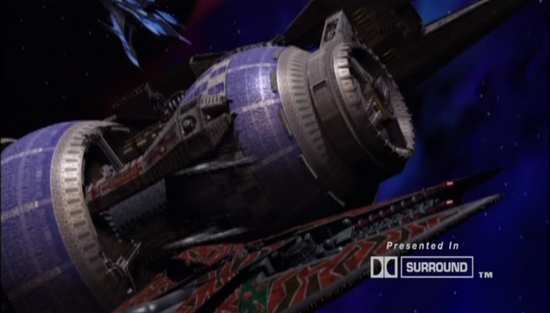
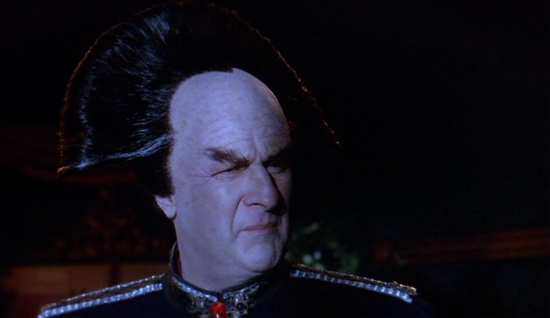
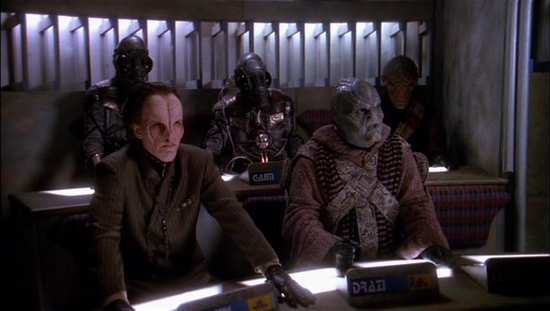
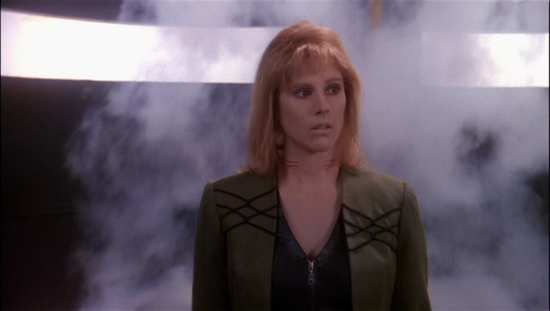
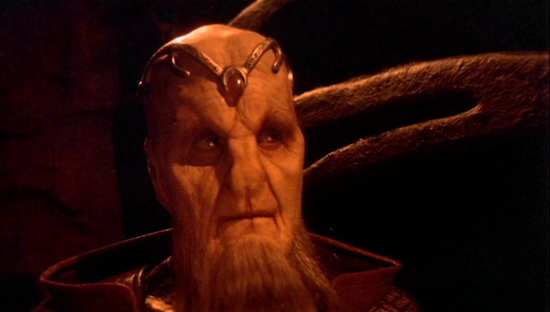

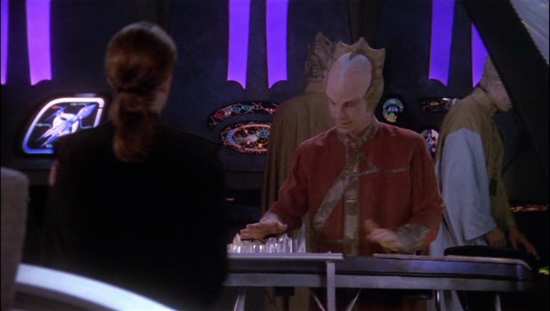
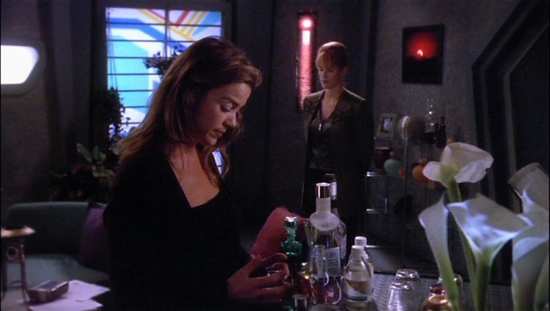
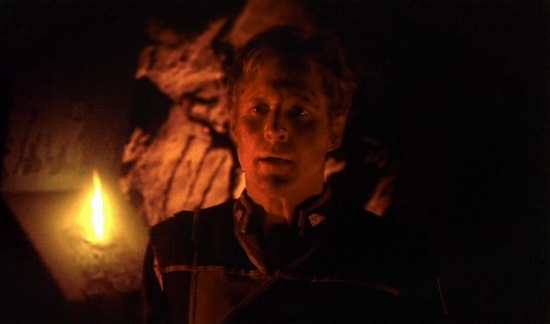
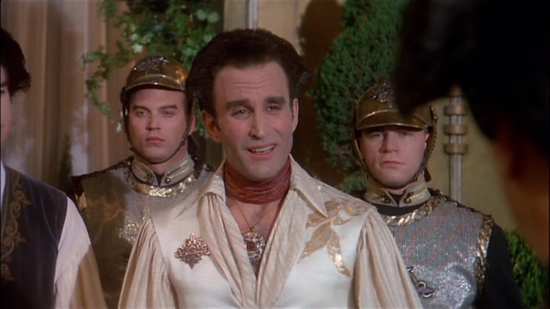

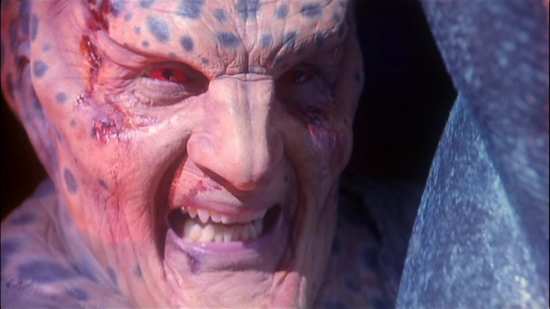

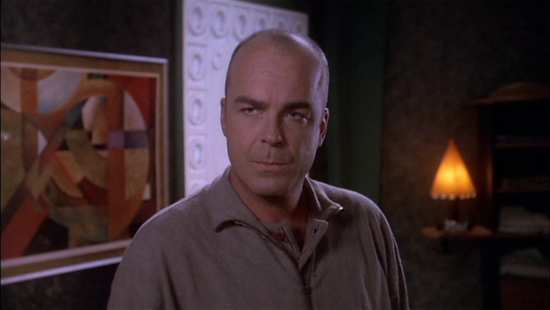
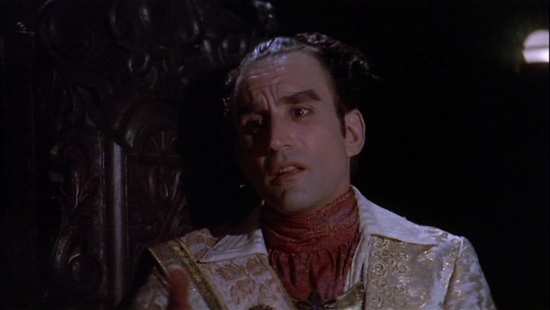
Your Opinions and Comments